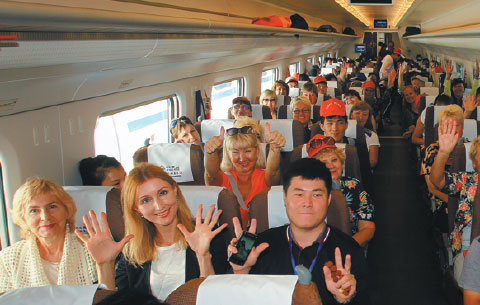Tumen River area enticing new tourism
Updated: 2015-11-25 08:16
By Yang Feiyue and Liu Mingtai in Huichun, Jilin(China Daily)
|
||||||||
Northeastern China's Jilin province is going to work with its neighbors to expand tourism development in the near future.
Jilin will deepen cooperation with the Inner Mongolia autonomous region, Liaoning and Heilongjiang provinces, as well as neighboring Northeast Asian countries, including Russia, the Democratic People's Republic of Korea, Mongolia, the Republic of Korea and Japan to develop joint travel programs, says Lin Tian, deputy head of the Jilin tourism bureau.
The Greater Tumen Initiative was launched by the United Nations Development Programme in 1995 and has been an important facility for Northeast Asia intergovernmental cooperation in transportation, energy, tourism, investment and environment.
|
Tourists on board on the opening day of the high-speed rail connecting Jilin province's Huichun to border areas of the DPRK and Russia on Sept 20. Dong Jingqi / For China Daily |
Lin was among the speakers at the GTI Northeast Asia Forum held in Huichun city, Jilin, on Nov 10. Nearly 100 government officials and experts from home and abroad exchanged ideas on developing cross-border route, easing travel visa procedures and establishing a cross-border tourism reception training center, China-Russia cross-border tourism demonstration zone and luxury cruising tour of the Sea of Japan, known in the Koreas as the East Sea.
As the permanent host of the forum, Huichun will strive to transform itself into a leisure tourism destination in Northeast Asia, says Gao Yulong, the city's Party secretary.
"Now, Northeast Asia has become an important part of the international tourism market," says the China National Tourism Administration's Peng Decheng, adding that Northeast Asian countries all share fascinating history and culture and all of the economies have huge tourism market needs.
More than 100 million people are traveling in the region, according to Peng.
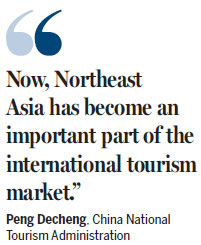
China has paid great attention to tourism development in the region since 2012, with programs designed to introduce 9.5 million tourists from Northeast Asian countries to its northeastern area by 2015.
The figure is expected to double to 18 million by 2020, with 12 percent annual growth.
Peng says that there's huge potential in tourism cooperation and development in Northeast Asia.
Tourism has become a strong engine behind economic prosperity and is receiving increasing attention, says John Koldowski, an adviser on research issues for the US-based Pacific Asia Travel Association.
An international economic cooperation organization involving China, the ROK, Mongolia and Russia is expected to be launched next year, according to Li Tie from the Tumen River regional cooperation and development experts team.
Tourism infrastructure at Tumen has matured as construction of China-Russia rail and water transportation system and China-Mongolia rail accelerates, Li says.
The opening of high-speed rail connecting Huichun to border areas of the DPRK and Russia on Sept 20, the official inauguration of Vladivostok free port construction and the China-DPRK Rason economic trade zone development have all played a positive role in Tumen's tourism development, he adds.
(China Daily 11/25/2015 page19)

 Obama: US, France stand united against IS, terrorism
Obama: US, France stand united against IS, terrorism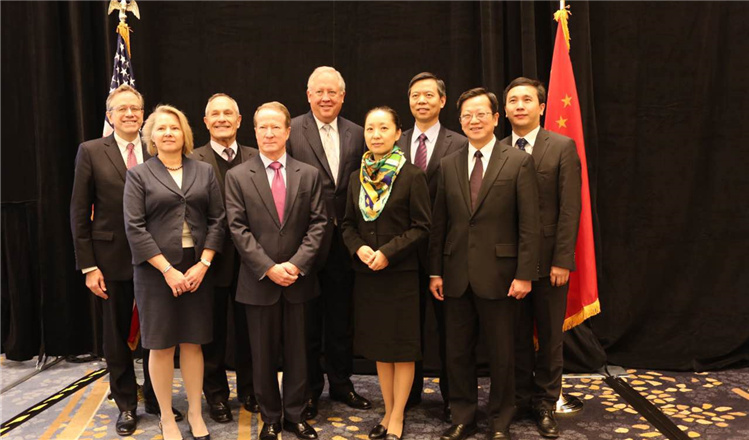
 Crime stoppers meet in DC
Crime stoppers meet in DC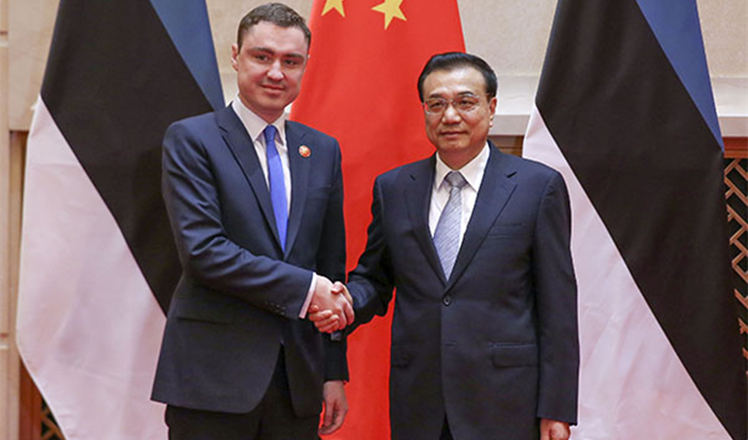
 Premier: China ready to advance Baltic Sea high-speed rail project
Premier: China ready to advance Baltic Sea high-speed rail project
 Beijing greets the sun after 19 days of gloom
Beijing greets the sun after 19 days of gloom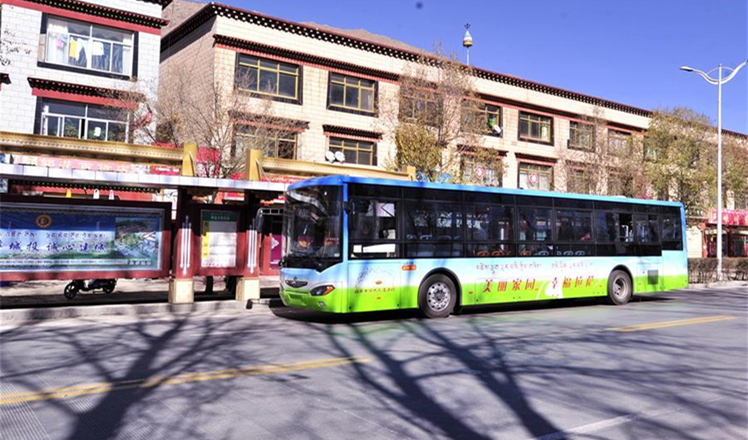
 First solar powered public bus operates in Tibet
First solar powered public bus operates in Tibet
 Top 10 self-made female billionaires in the world
Top 10 self-made female billionaires in the world
 Miss World beauty contest to start in Sanya
Miss World beauty contest to start in Sanya
 Premier Li meets old friends at specialty shop in Malacca
Premier Li meets old friends at specialty shop in Malacca
Most Viewed
Editor's Picks

|

|

|

|

|

|
Today's Top News
Chinese president arrives in Turkey for G20 summit
Islamic State claims responsibility for Paris attacks
Obama, Netanyahu at White House seek to mend US-Israel ties
China, not Canada, is top US trade partner
Tu first Chinese to win Nobel Prize in Medicine
Huntsman says Sino-US relationship needs common goals
Xi pledges $2 billion to help developing countries
Young people from US look forward to Xi's state visit: Survey
US Weekly

|

|
